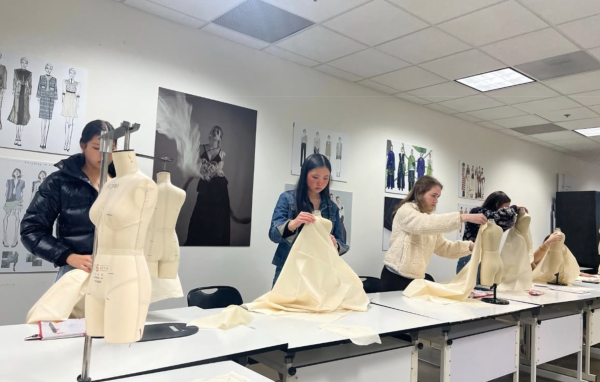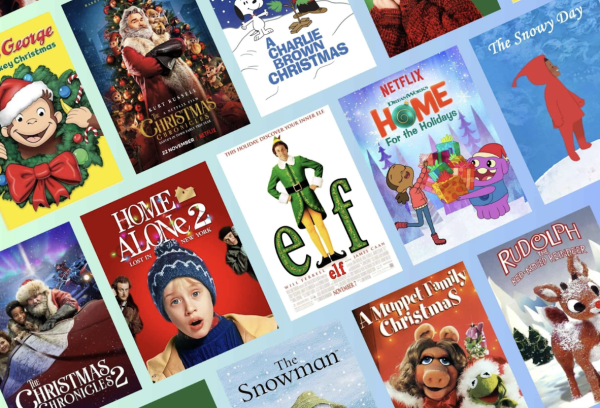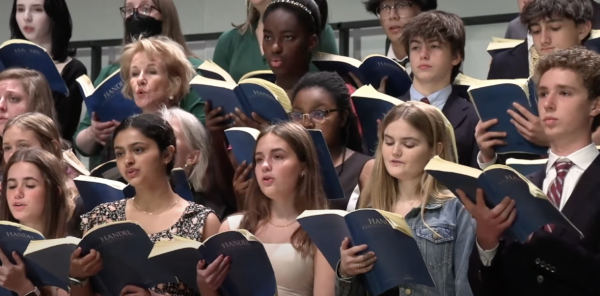E Squared: Understanding the workings of the magazines Embryo and Evolutions
The two student-run publications on campus, Embryo and Evolutions, are useful outlets for
showcasing forms of art, visual and literary alike. However, distinct contrasting elements separate these
magazines and allow students two unique platforms to choose from for presenting their work. The two
can be differentiated by the fact that Embryo revolves around both art and writing, while Evolutions
focuses solely on the latter. Embryo faculty advisor Mario Chard explains the benefits of participating in
Embryo or Evolutions.
“Both are excellent places to have students to present their best work, to get a sense of magazine
or literary journal life that exists outside of high school,” said Chard.
Chard brings his experience from the writing and publishing world apart from Westminster.
Similar to other publications, Embryo and Evolutions alter their themes according to the submissions as
the year moves forward.
“Embryo has a very specific theme, and they choose which pieces to include, whereas Evolutions
includes all submissions and we just tie the theme around the submissions,” said senior Evolutions
member Alisia Moore.
The magazines always search for different ways to improve every year and incorporate new
aspects to keep readers and producers intrigued. Embryo wants to receive more than just projects created
for art class.
“We’re hoping to get different work, from maybe outside of school that people do and just have a
wider variety for the magazine,” said sophomore Embryo member Isabel Sumardi.
Embryo also plans to spread word of the publication more around school and convince students
who might not submit art to get involved.
“We want them to have a very unified idea and have support from the entire group toward
producing something that allows more exposure to the magazine over the entire student body,” said
Chard.
While Embryo thrives to engage the entire student body, the application process is selective in
order to have a range of different viewpoints. The application process is written, with questions to get
familiar with the applicants like, “what does a magazine mean to you?” and example pieces to get a sense
of the applicants’ different perspectives. The staff has the job of reviewing all submissions and deciding
what gets included into the magazine.
Senior head editor of Embryo Noah Weinstein explains what this year’s application contained.
“There is then an art and poetry sample for applicants to critique to see how they each interpret
different pieces,” said Weinstein. “Applications are then reviewed by the three Head Editors and all final
decisions are discussed with the faculty advisors, Mr. Steele and Mr. Chard.”
Like Embryo, a primary goal of Evolutions is for more of the student body to get involved
Evolutions anticipates including even more diverse types of writing than the years prior, ranging
from blog posts to poetry.
“The main goal is to showcase the Westminster writing community in all of its forms.” said
Moore. “Inclusion and diversity are the main goals of Evolutions… we include [different forms] to show
how we’re all different but creative.”
Submitting to Evolutions can be done by emailing work to the publication with a name and grade
to receive credit if one wishes. This year, Evolutions welcomes many freshmen and a few juniors onto the
staff, whose job is to respond to any submissions with revisions that could be made.
Sophomore Evolutions member Maya Manley looks forward to what this year’s issue has in store,
partly because of the newest additions to the staff.
“They’re all extremely talented in their own right through writing or arts or organizational skills,”
said Manley.



